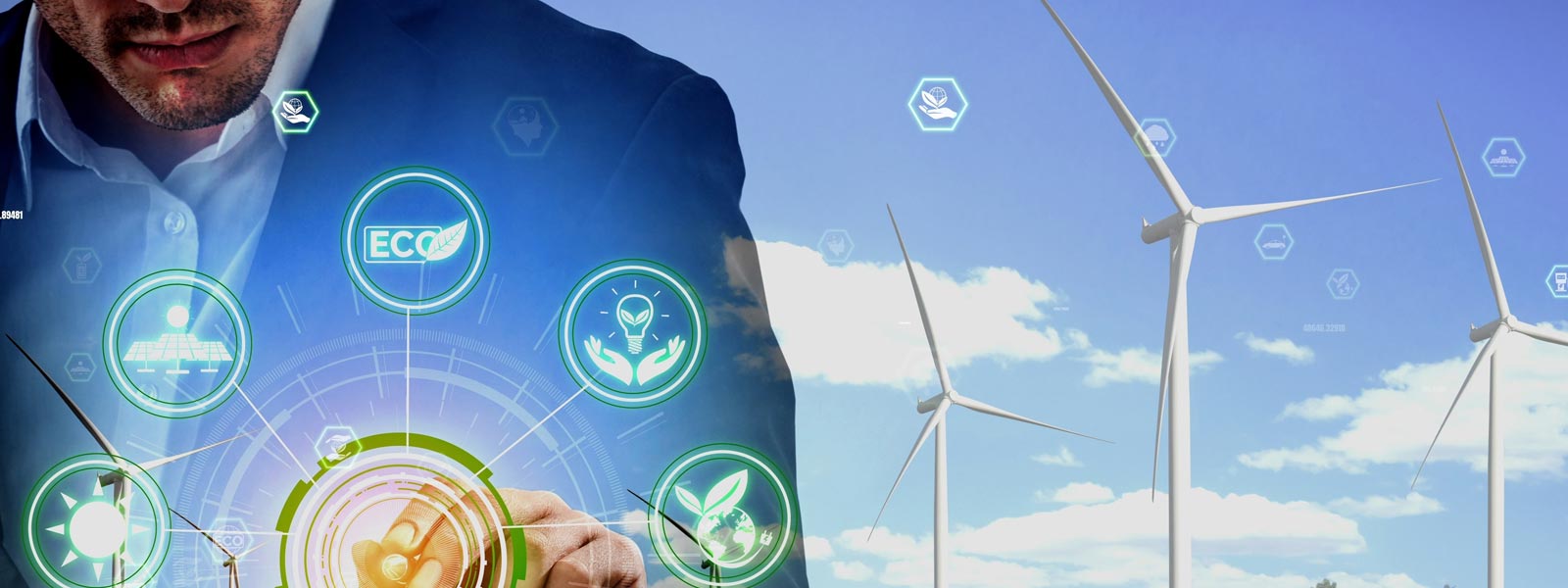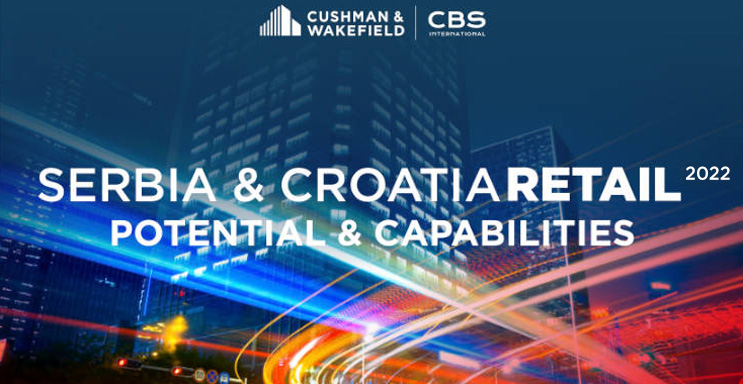
Sustainability – Looking After the Future
The real estate industry and sustainability are connected in more ways than is generally believed.
Sustainability is one of the hottest topics in the world currently. If we are talking about sustainability and the future development, we are actually taking about sustainable development.
Sustainability can be defined as a principle for meeting human development needs without compromising the ability to future generations to meet their own needs. In other words, sustainability represents a committed approach for achieving a balance between environmental, technological, economic and social objectives. Sustainability is rather complicated topic and while most of us are generally familiar with the term, the details may be less transparent. According to scholars three main pillars of sustainability are economic, environmental and social – also informally known as 3 P – profits, planet and people.
In the recent years more and more people are becoming aware of the importance of the balance between preserving environment and having good quality air, water and food, and technological advancement that is driving our civilisation forward. More and more companies are making public commitments to sustainability through actions like reducing waste, investing in renewable energy, and supporting organizations that work toward a more sustainable future. The concept of sustainability encourages companies to consider more factors than simply the immediate profit or loss involved.
The real estate industry and sustainability are connected in more ways than is generally believed. Sustainable investment in real estate market is about the responsibility and potential the industry holds to reach climate and environmental sustainability goals. In a world that is urbanising rapidly, the real estate industry is at the centre of unparalleled levels of growth and activity.
The buildings according to sustainability standards have potentially higher initial costs which can be particularly obstructive when short amortization periods and high yield expectations are at the centre of attention. From the perspective of owners and investors, sustainability costs are not symmetric with resulting energy savings. However, this type of investment is expected to “pay off” in the medium and long run, as the resulting reduction of operating costs usually occurs over time and benefits mostly tenants. In other words, energy-saving measures require significant one-off capital expenditures to be borne by owners and investors, but are beneficial on the long run to tenants and buyers.
Green buildings represent a significant share of global development projects, which is expected to further grow. As the construction industry is developing fast in Serbia, more and more investors are following sustainability recommendations and making green buildings with LEED and BREEAM certificates.








